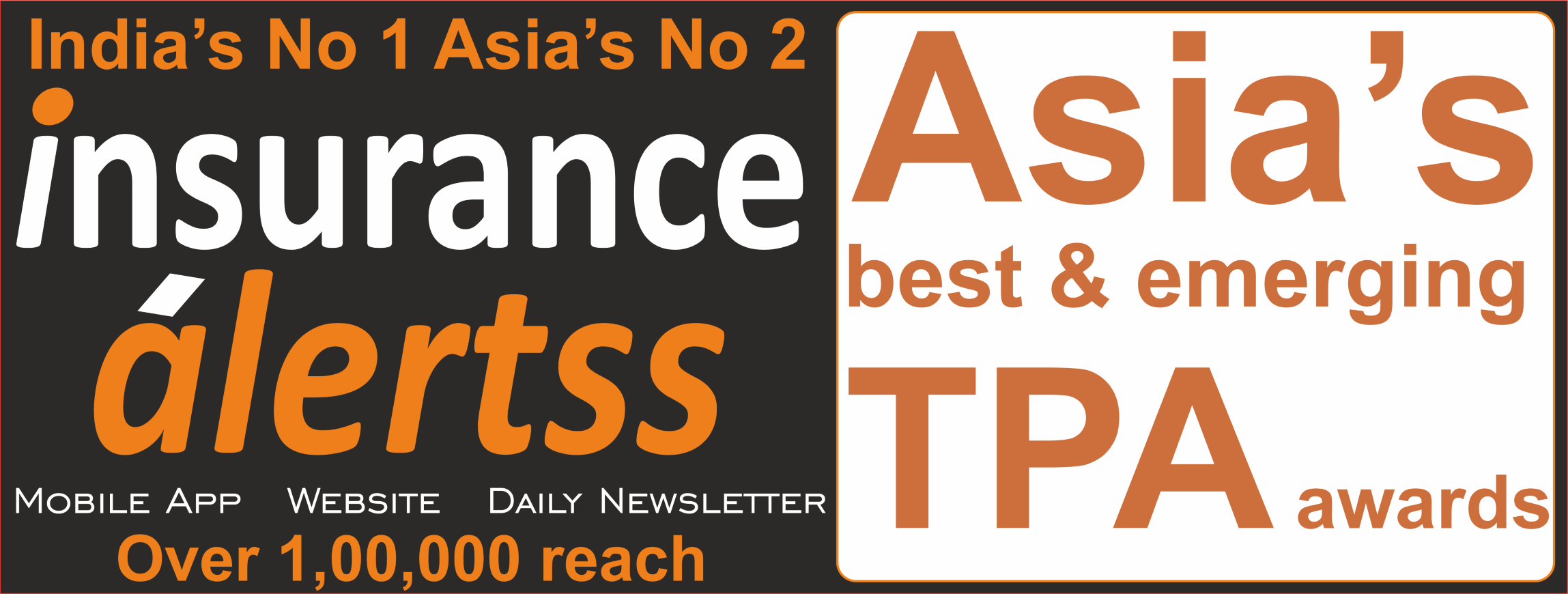 23-04-2020
23-04-2020
Takeaways from concall with health insurance expert
-2020-4-23-1-941.jpg)
 Insurance Alertss
Insurance AlertssTakeaways from concall with health insurance expert
Takeaways from concall with health insurance expert. We hosted a concall with Dr S Prakash, MD of Star Health insurance, to discuss the impact of Covid-19 on the health insurance industry. Key takeaways: (1) Indian markets are massively underpenetrated with just 3-4% Indian’s having an individual retail health policy, (2) Dr Prakash expects significant improvement in insurance penetration post Covid-19, a trend seen in other geographies in the past, (3) insurance companies will focus on increasing use of technology leading to faster turnaround and lower distribution costs and (4) claims for Covid-19 patients are significantly higher though it is too early to comment on the impact on the industry.
Paradigm change in an underpenetrated market
- Epidemics drive change in consumer behavior. Demand for insurance policies is directly linked to financial needs of customers arising out of unexpected events. For example, property and casualty insurance increases post natural calamities. There is evidence of accelerated growth in health insurance post SARS and MERS. Growing uncertainty of Covid-19 and the higher intensity of the spread will change consumer behavior. Customers will be more willing to buy health insurance policies compared to life and other general insurance policies over the near term.
- Inadequate sum assured for insured customers. In India, insurance policies are available across a wide spectrum of sum assured from Rs0.1 mn to Rs2.5 mn (median range).
- 480 mn (35%) Indians are covered under health insurance. About 75% of the above insured (~360 mn) individuals are covered by government policies (mostly in the BPL segment). The sum assured is quite low and regulations are stringent.
- About 15% of above insured (75 mn) individuals have a group health policy only with 60% having sum assured of <Rs0.5 mn.
- The balance 40-50 mn (10% of insured) individuals retail health policies. Again in this, 60%+ have health insurance policy with sum assured of <Rs0.5 mn which is quite low with respect to overall hospitalization/healthcare expenses in India. Majority of these may be normally aged >50 years or are afraid of impending health-related disorders.
Health insurers to focus on retail health business
Most health insurers will focus on upselling to existing customers and all affordable tax payers who do not have a health insurance policy. Loss ratios normally tend to be higher for government sponsored and group health business at >100% compared to 70-80% for retail health. The focus area for all health insurance players will be on driving growth in retail health.
Government and regulatory push
About 60 mn people were pushed towards poverty in FY2019 (loss of livelihood post a hospitalization, high healthcare expenses, etc.) due to inadequate health insurance. The Government of India has introduced ‘Arogya Sanjeevani’, a policy for self-employed individuals who don’t have health insurance or have a group insurance. Arogya Sanjeevani will likely witness strong sales traction in semi-urban and rural areas. This policy will also serve as a medium to reduce information asymmetry on health insurance among the masses at low cost. Loss ratios are expected to be higher than normal retail health policies as these are targeted at mass customers. Lower cost of acquisition and higher volumes will support profitability to some extent.
Focus on technological innovations to achieve cost efficiencies
- Most companies will leverage technological platforms to carry out targeted marketing activities to drive growth, increase customer satisfaction, lower grievances of healthcare providers and drop overheads.
Health insurance in India is driven by feet on street or intermediaries (~75%). Channel mix for origination will likely shift towards higher share of digital channels led by targeted marketing activities and drop in information asymmetry related to health insurance products. Even agents are encouraged to drive sales through online channels (on-boarding only).
Most customers are getting accustomed to digital mode of payments which will further reduce cost.
Insurance companies will reduce branches related cost and push digital channels. Instead of investment in branches, the companies will focus on increasing digital origination and on-boarding of customers.
Post Covid-19, medical underwriting practices will change at a faster pace. Companies will move towards higher share of telemarketing from physical screening (pre acceptance). For most companies the ratio has dropped to <20% from >80% a few years ago.
High cost of Covid-19 claims
- Average cost of hospitalization is ~2X for 20% of the infected people who require hospitalization and 3-4X for those infected people who require ICU treatment.
- Insurance companies will have to track both confirmed and suspected cases for possible claims outgo due to Covid-19 as cost of evaluation, quarantine and treatment are broadly similar for both sets of customers. The average claims outgo will be ~2.5X due to Covid-19 in comparison to normal cases.
Source: Kotak institutional equities research
